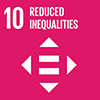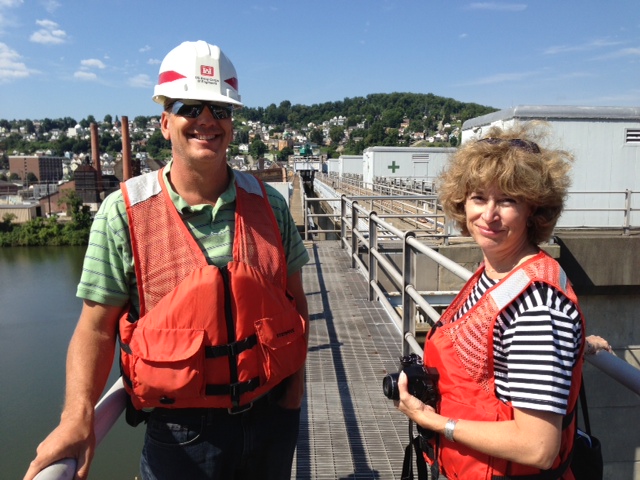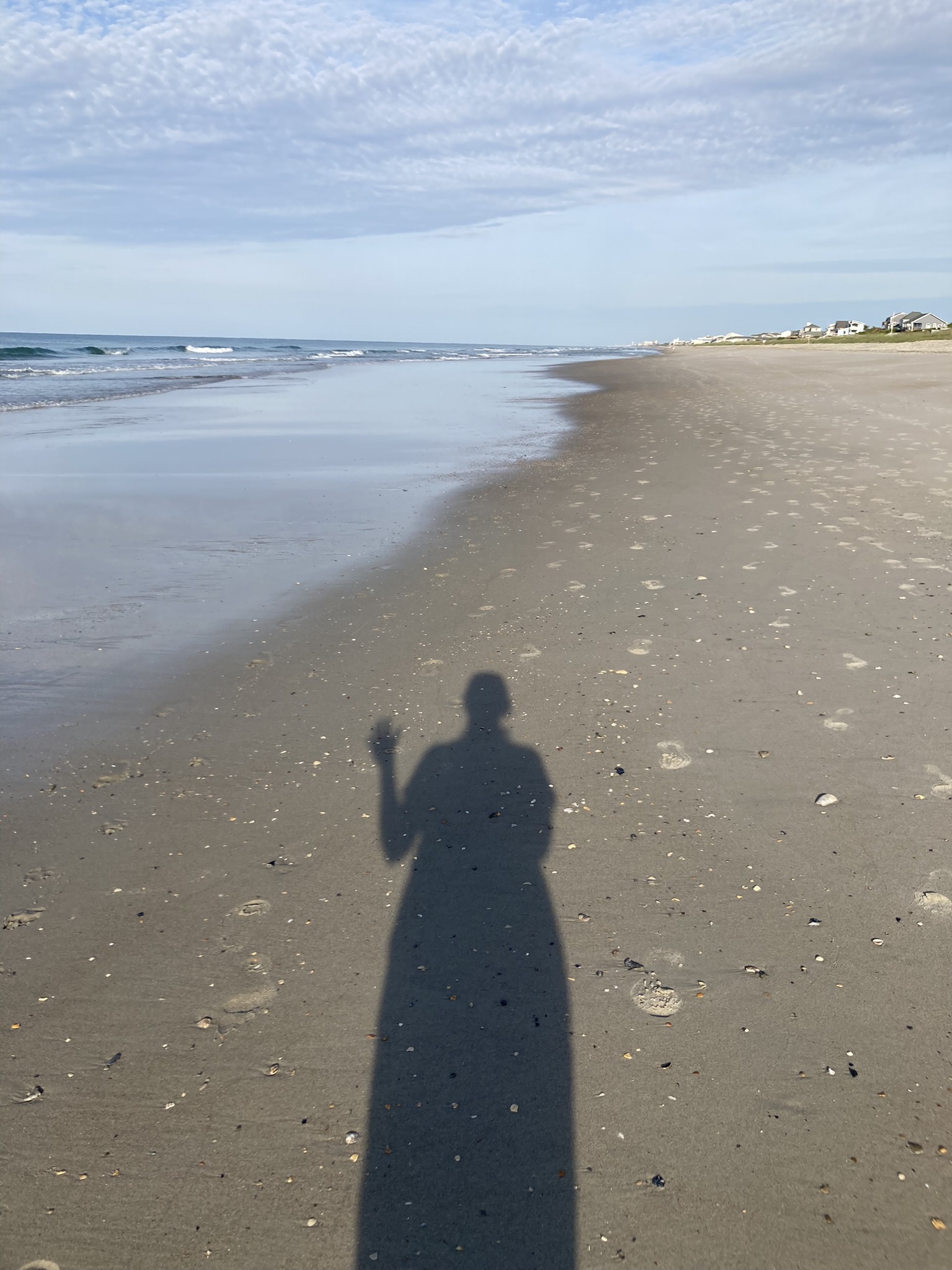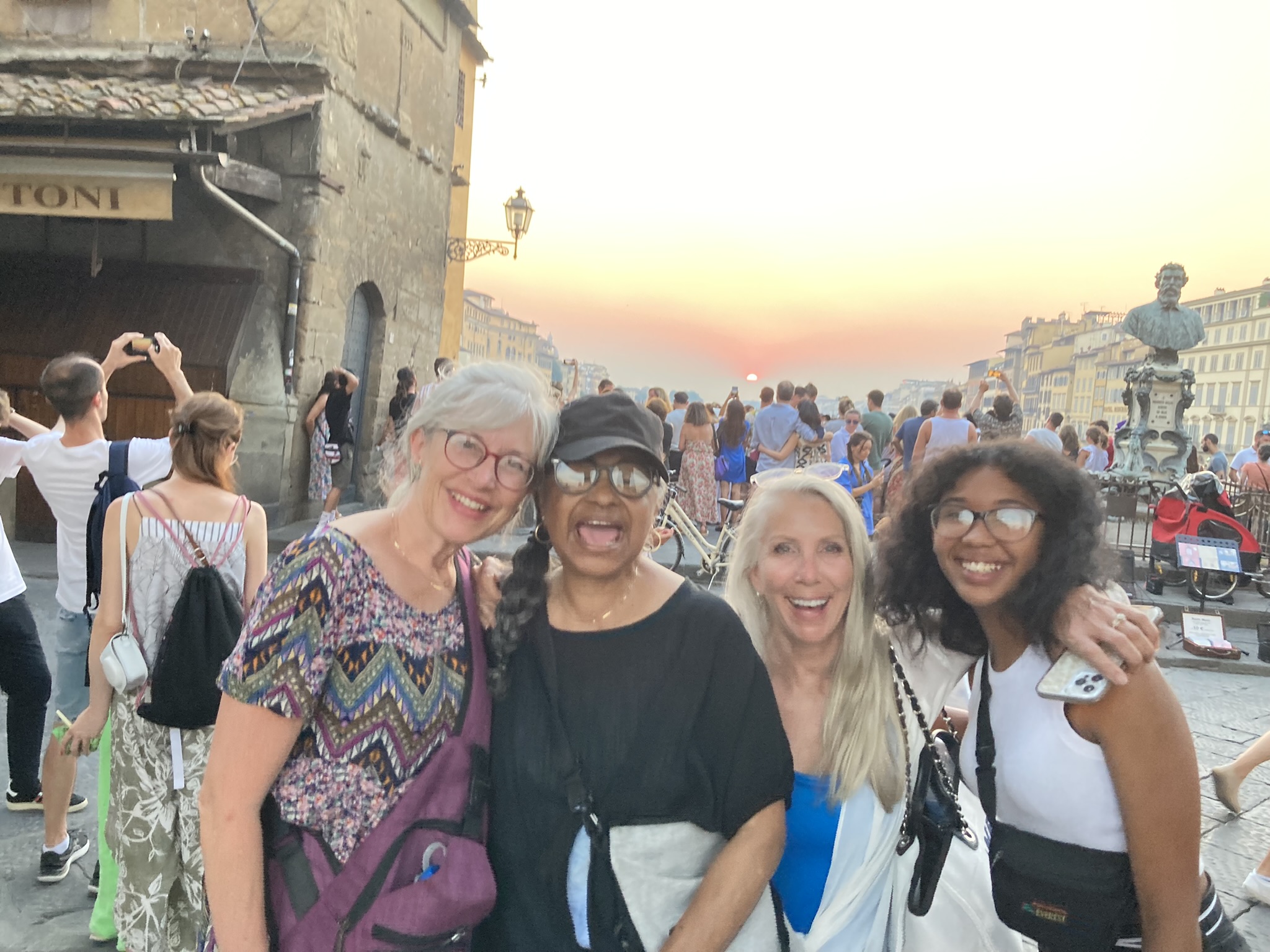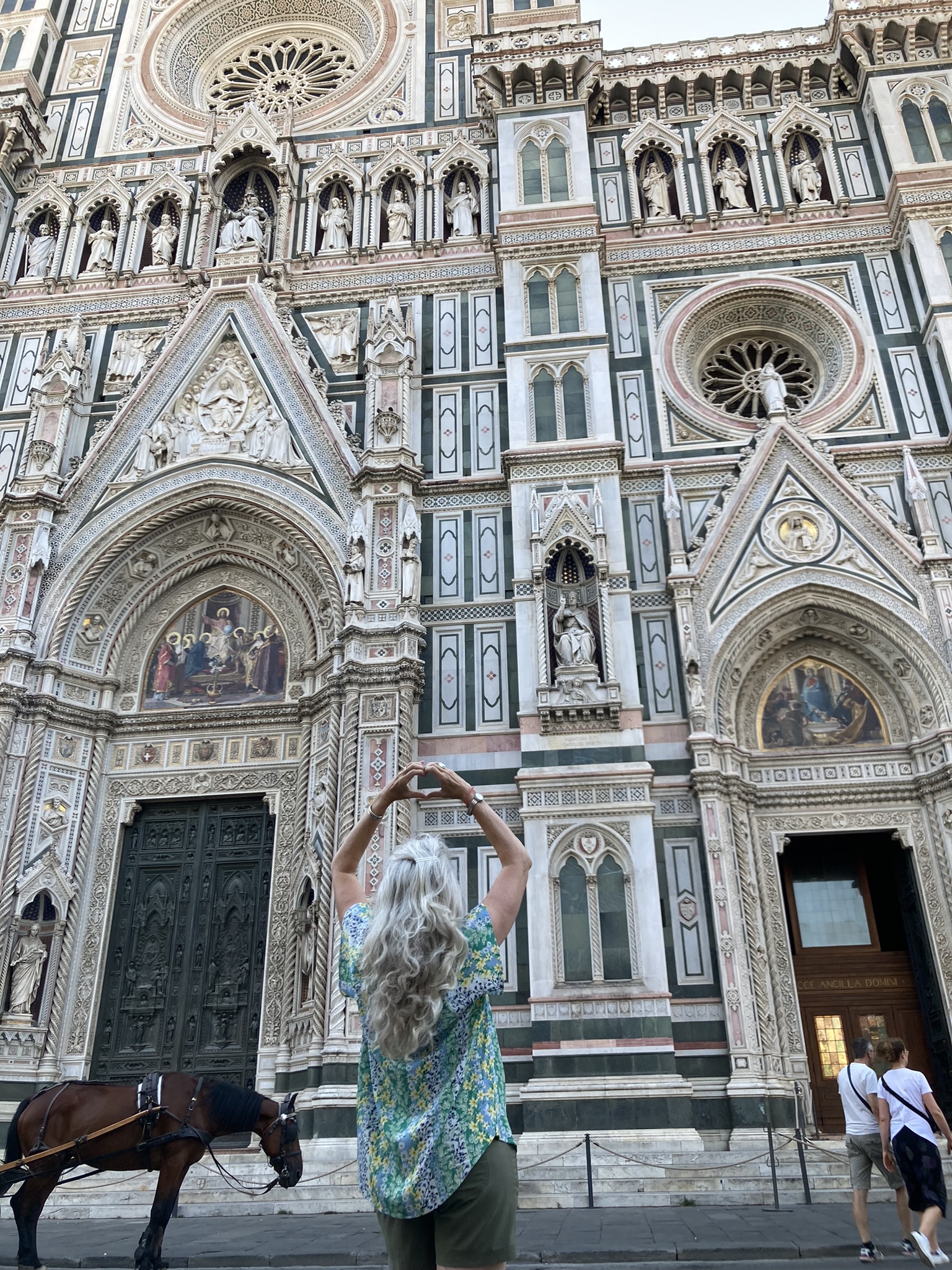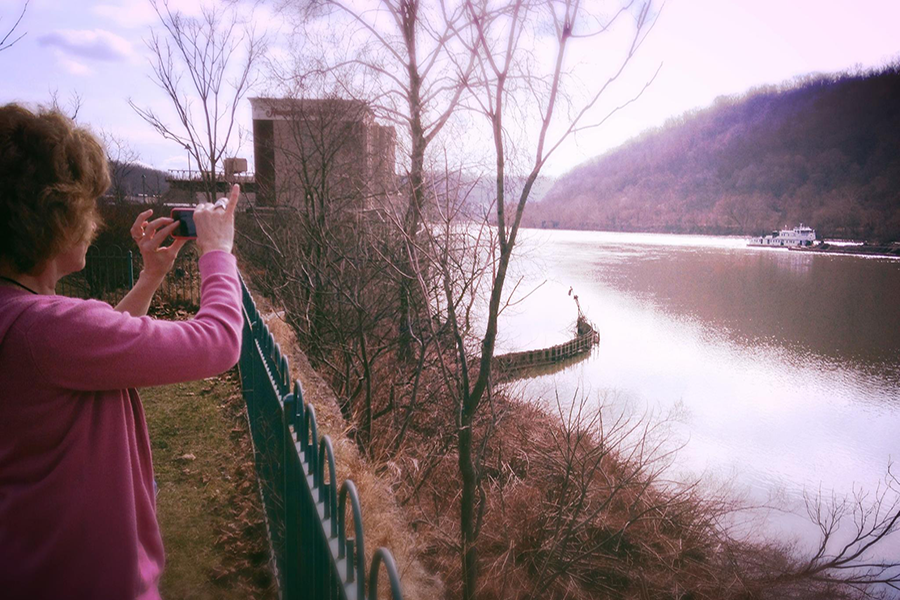
CEE Spotlight: Gwen DiPietro
By CEE DEI Committee
Hometown/County: Pittsburgh
What drew you to Civil and Environmental Engineering?
I came to CEE as an older student to pursue my graduate studies (finally). I had worked for EPA for many years in hazardous waste regulatory development and wanted to update and expand my technical skillset. My family had relocated from Virginia to Pittsburgh, and CMU’s CEE program was a world-class program in my backyard. I soaked up the master's program and stayed to obtain my PhD. I have remained part of the CEE community as a part-time instructor teaching Sustainable Engineering and (occasionally) Environmental Life Cycle Assessment.
How did/does your identity influence your decision to pursue engineering/STEM?
I come from a long line of “steely-eyed engineers” (to quote Lester Lave). Engineering is what many in my family seem to do naturally, and I was encouraged to follow my strengths and interests wherever they led me. I was fortunate to be educated and employed in institutions that were ready to ignore the old gender stereotypes.
How did your lens on diversity, equity, and inclusion take shape both as you grew up and as you entered adulthood and academia?
I grew up in a time when Pittsburgh’s diversity (as I experienced it) was largely defined by the ethnic and religious communities that grew out of the migration of Europeans to western Pennsylvania. We were known by the languages our grandparents still spoke – Polish, Greek, German, Scottish, Ukrainian, Irish – and the religions they adhered to. Oh, and the cookies we made.
When I left Pittsburgh for the University of Virginia’s engineering program, I found myself in a very different world. UVa had only been admitting women for about a decade, had recently done away with single gender dorms, and was committed to drawing students from all over the state, moving beyond it’s preppy, wealthy white history. The culture was evolving rapidly in many exciting dimensions, and my understanding of the great benefits of inclusion grew, too.
Later, my understanding of the need for a commitment to true diversity and equity grew when a friend at EPA took me up on my admitted ignorance. She sat down with me early one morning and told me her story of growing up as a black woman – and she opened my eyes to the challenges and injustices she had endured that I had not fully imagined or been subjected to. I remain so grateful to her.
Even later, as my kids entered young adulthood, they shared with me the books that were expanding their thinking and the ideas that were forming their idealism and open-heartedness. At every stage of my life, I have observed (and benefited from) those organizations and people who have insisted on fairness and respectfulness, allowing for human dignity to bloom.
What positive experiences have you had at CMU that you would hope others would have?
As a graduate student, I stood out because of my age – my oldest child was older than most of my classmates, and my professors were having children at the same time my grandchildren were being born. It just didn’t matter – I felt accepted and part of the community despite my differences. I am grateful to the many friendships that grew out of my time as a student. As I have observed CEE throw its energy and brainpower at DEI, I have been glad to see the same commitment to open-heartedness, fairness and respectfulness that I have seen in other places lead to good outcomes. The practice of these values is a great way to live a life.
In your position, how do you advocate for inclusion?
My job is to train young engineers to be thoughtful, creative, and respectful of each other, our shared resources, and our shared responsibilities to the future.
Do you have any advice for incoming (students, faculty, or staff)?
Keep your heart and mind open. Our early experiences are only a starting point, and the broader our understandings can be, the more friendships and opportunities we will have.
